Great potential for selling carbon credits
According to the report of the Forestry Department (Ministry of Agriculture and Rural Development), in recent times, some localities such as Quang Nam, Son La, Lao Cai, Thanh Hoa have received requests from domestic and international organizations and individuals to learn about and propose the implementation of forest carbon absorption and storage services (forest carbon services), including measurement, reporting, appraisal, issuance and trading of forest carbon credits.

Ministries and sectors are giving their opinions on the development of a carbon market project in Vietnam. (In the photo: Cuc Phuong National Park guards on patrol.) Photo: CP
The carbon market is the premise, driving force and means for industries and sectors to implement green transformation, reduce emissions, effectively participate in world markets, and avoid technical and trade barriers that the international community is implementing related to emission reduction and carbon taxes imposed on some export products such as the Carbon Border Adjustment Mechanism (CBAM).
However, Mr. Tran Quang Bao, Director of the Forestry Department, said that this is a new field, the system of legal documents is not yet complete and detailed and needs to continue to be researched and improved in the coming time.
Policies and legal regulations have been established but lack detailed regulations and guidelines to implement forest carbon services, including: forest carbon ownership, regulations on forest carbon exchange and transfer, management mechanisms, and use of revenue from forest carbon services. Emission reduction quotas contributing to the implementation of the Nationally Determined Contribution (NDC) target and the potential for tradable forest carbon credits of each locality have not been determined and allocated.
Information and awareness of many stakeholders regarding forest carbon services are still limited, such as: what is a forest carbon credit, credit creation methods, credit calculation methods, as well as guidance on appraisal, verification, and credit granting... Forest carbon standards and a system for measuring, reporting, appraising, and granting credits to apply to the domestic carbon market have not been developed.
Up to now, Vietnam is implementing only one program to transfer emission reduction results/forest carbon credits, which is the Emission Reduction Payment Agreement for the North Central Region (ERPA) signed on October 22, 2020 between the Ministry of Agriculture and Rural Development and the International Bank for Reconstruction and Development of the World Bank Group. According to ERPA, Vietnam transfers to the WB 10.3 million tons of CO2 (can increase by up to 5 million tons of CO2), the unit price is 5 USD/ton of CO2, the total payment value is 51.5 million USD, of which 95% of the transfer amount will be included in Vietnam's NDC.
To implement this ERPA, the Government issued Decree No. 107/2022/ND-CP dated December 28, 2022 regulating the pilot transfer of emission reduction results and financial management of ERPA.
In addition, the Ministry of Agriculture and Rural Development and the Emergent Forest Finance Organization, the administrative agency of the Reducing Emissions through Enhanced Forest Finance Alliance (LEAF), are preparing to negotiate, sign and implement an emission reduction purchase agreement for the Central Highlands and South Central regions according to the Letter of Intent (LoI) signed on October 31, 2021. Accordingly, it is expected that Vietnam will transfer to LEAF/Emergent 5.15 million tons of CO2 from the Central Highlands and South Central regions in the period of 2021-2025. The entire amount of credits transferred to LEAF/Emergent will be included in Vietnam's NDC commitment.
Need to manage and monitor closely
To gradually resolve these problems, according to Mr. Tran Quang Bao, in the coming time, the Ministry of Agriculture and Rural Development will assess the potential for emission reduction and carbon sequestration from forests at the national, regional and local levels up to 2030 and take into account the year 2050. Allocate emission reduction quotas from forests to ecological regions and localities annually from 2021 to 2030 to implement the NDC target. Develop national standards on forest carbon credits and detailed regulations on the system of measuring, reporting and assessing the amount of emission reduction/increased forest carbon sequestration. Develop a database, registration system and management of forest carbon credits.
Disseminate, disseminate, guide, and enhance the capacity of relevant parties on methods of creating, exchanging, and trading forest carbon credits. Advise on organizing negotiations, signing, and implementing the Emission Reduction Purchase Agreement for the Central Highlands and South Central Coast (ERPA) with the Forestry Finance Enhancement Organization (Emergent) and other partners. Continue to research and perfect policies and legal regulations to deploy and implement forest carbon services.
Trading, exchanging, and offsetting forest carbon credits with domestic and international organizations and individuals must comply with legal regulations and can only be carried out for excess emission reductions after completing the responsibility to contribute to NDC according to the allocated quota.
At a meeting on finalizing the project to develop a carbon market in Vietnam with the participation of representatives of ministries and branches, Deputy Prime Minister Tran Hong Ha emphasized that this is a new, difficult and complicated issue. If a synchronous legal framework for appropriate management is not created, there will be many potential risks and it will be difficult to achieve the set goals.
According to the Deputy Prime Minister, it is necessary to affirm that the carbon market in Vietnam operates according to market principles but must be strictly managed and supervised by the State to ensure national interests. Regarding market management and operation, it is necessary to clearly define the responsibilities of agencies, organizations and individuals participating in the market, not allowing free and spontaneous development, causing loss of state resources and assets, affecting national security and social order.
The establishment and operation of a carbon market aims to contribute to the implementation of commitments to reduce greenhouse gas emissions and respond to climate change. Through the carbon market, new financial flows are created for activities to reduce greenhouse gas emissions and respond to climate change.


![[Photo] Prime Minister Pham Minh Chinh receives Swedish Minister of International Development Cooperation and Foreign Trade](https://vphoto.vietnam.vn/thumb/1200x675/vietnam/resource/IMAGE/2025/5/12/ae50d0bb57584fd1bbe1cd77d9ad6d97)
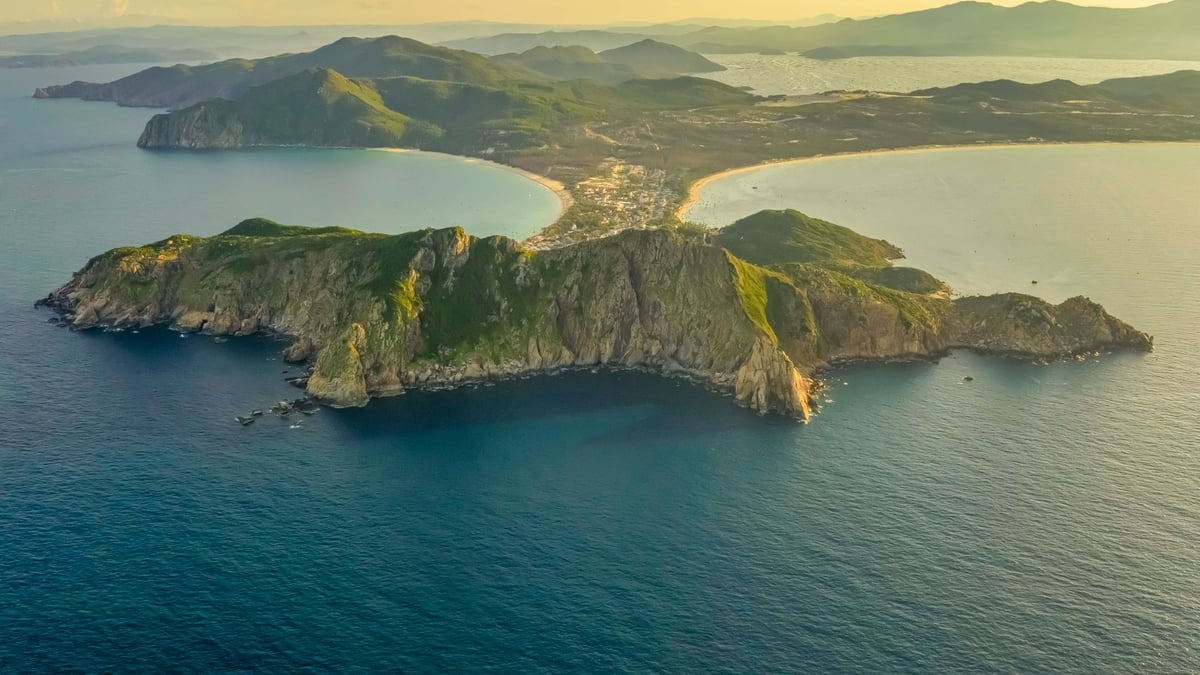
![[Photo] Prime Minister Pham Minh Chinh starts construction of vital highway through Thai Binh and Nam Dinh](https://vphoto.vietnam.vn/thumb/1200x675/vietnam/resource/IMAGE/2025/5/12/52d98584ccea4c8dbf7c7f7484433af5)
![[Photo] Prime Minister Pham Minh Chinh works with the Standing Committee of Thai Binh Provincial Party Committee](https://vphoto.vietnam.vn/thumb/1200x675/vietnam/resource/IMAGE/2025/5/12/f514ab990c544e05a446f77bba59c7d1)




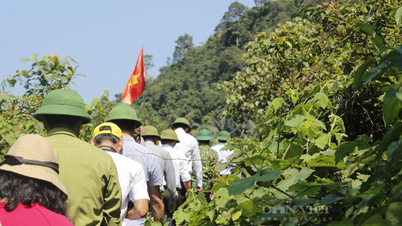

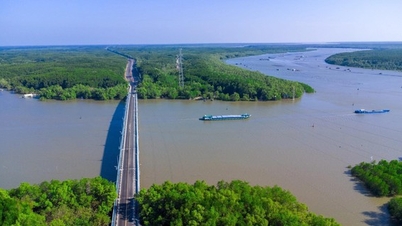
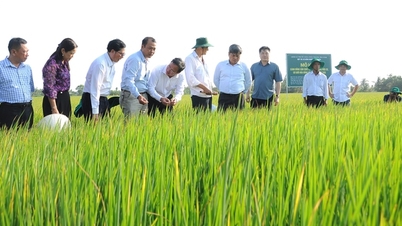
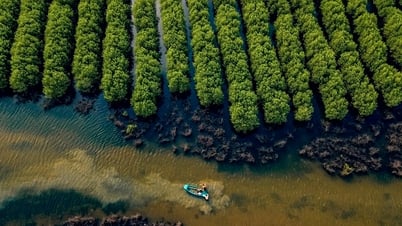



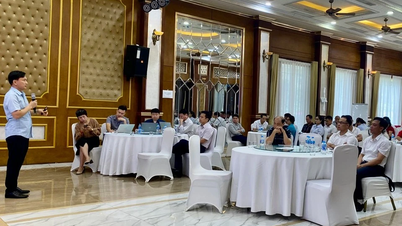
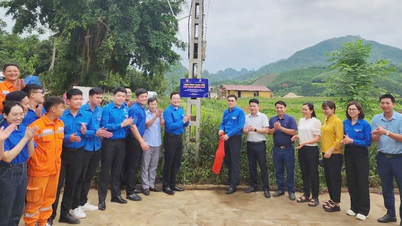
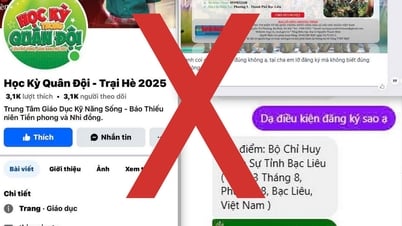
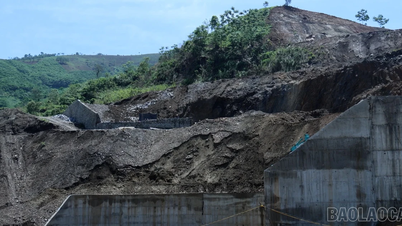

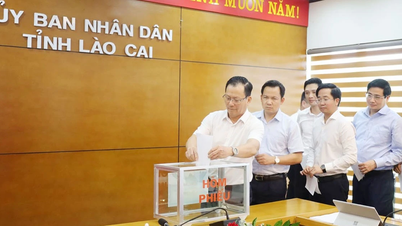




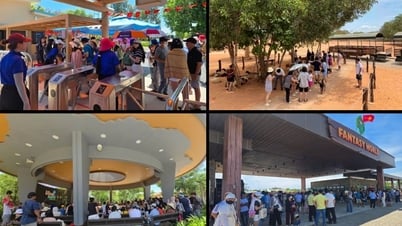


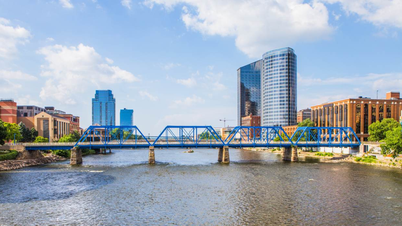


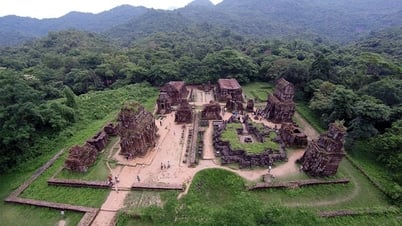
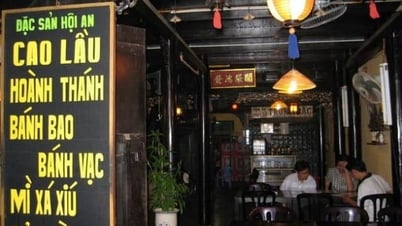

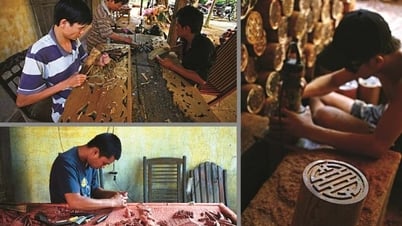

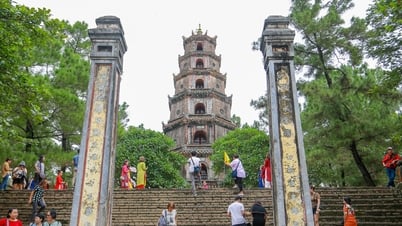

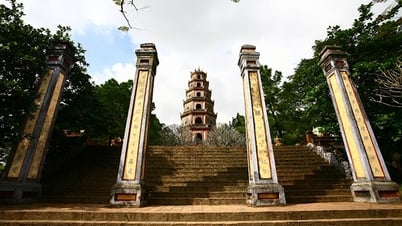

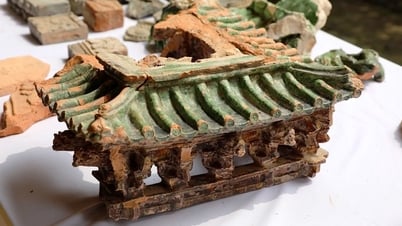





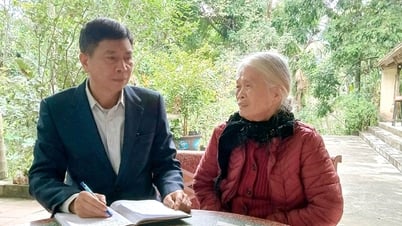


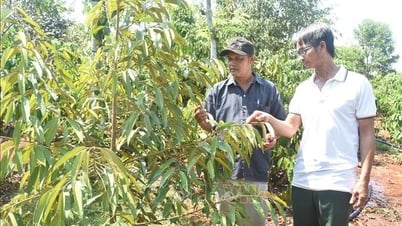

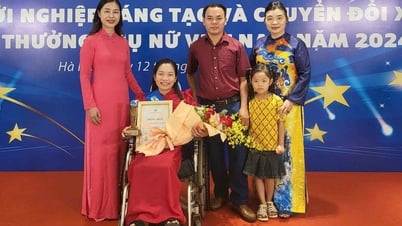







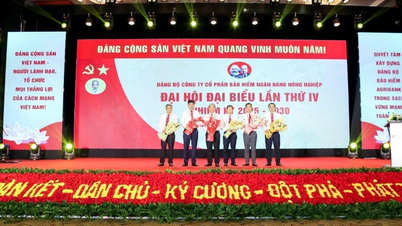

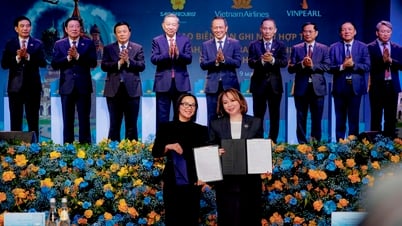
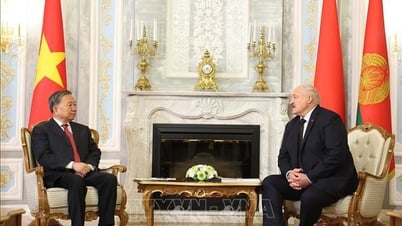
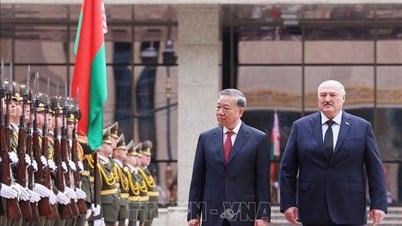
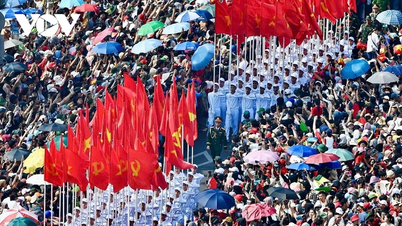

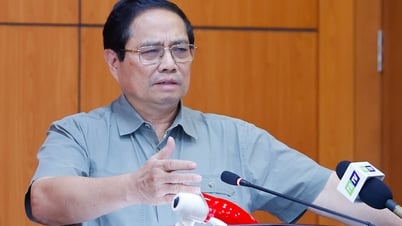

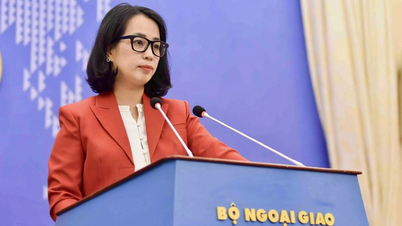

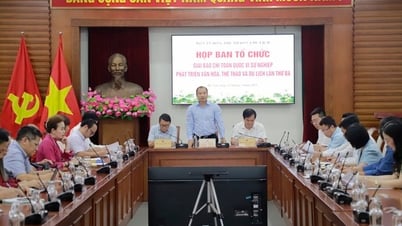

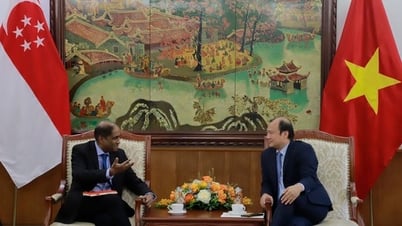


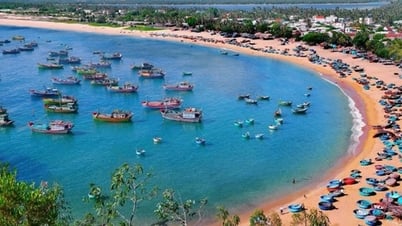
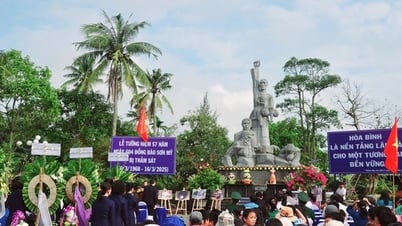





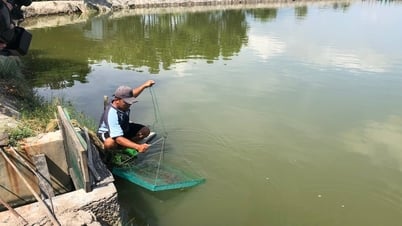

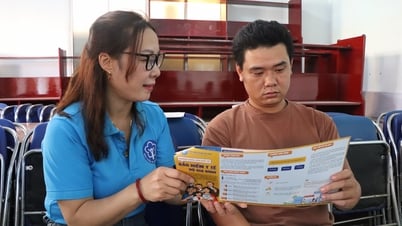
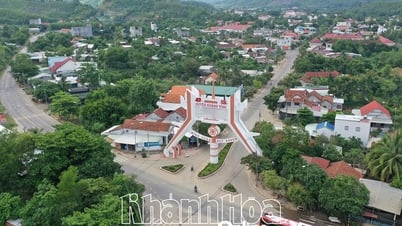
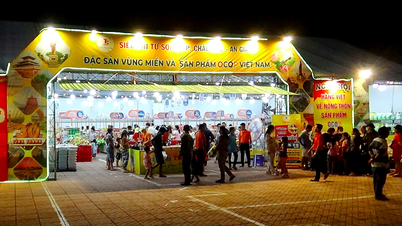



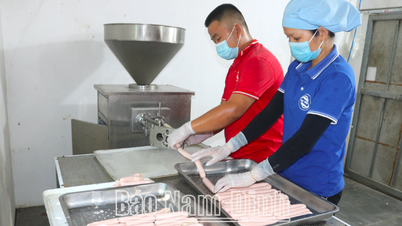

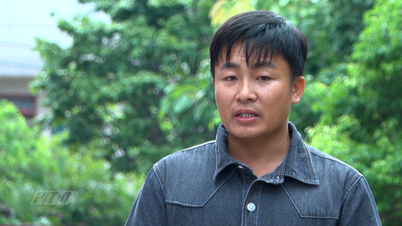
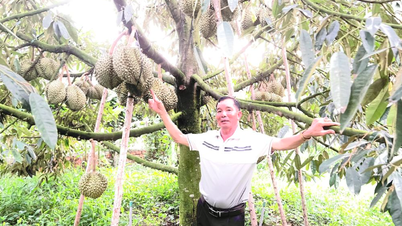


Comment (0)